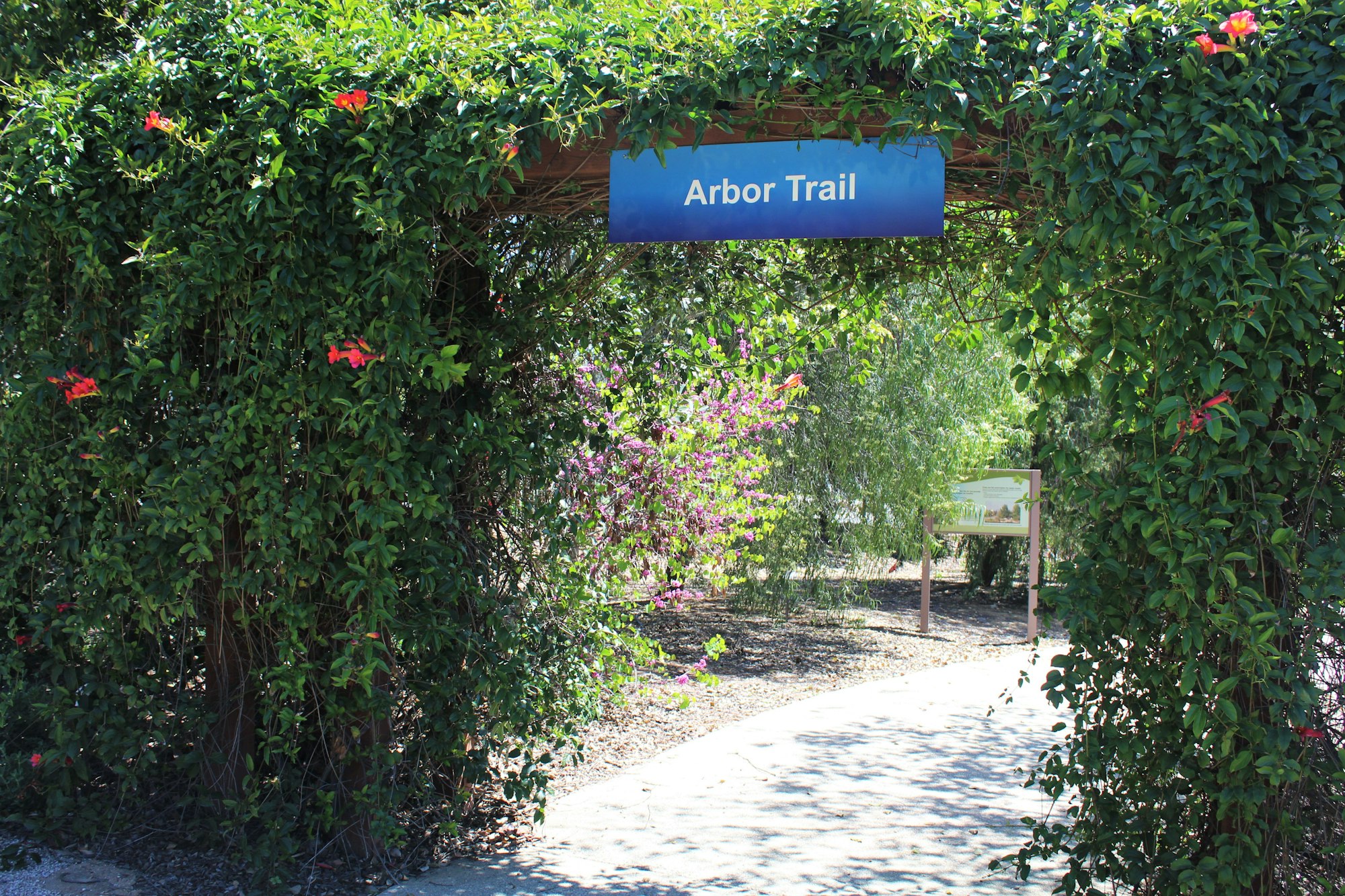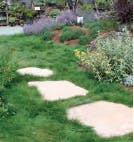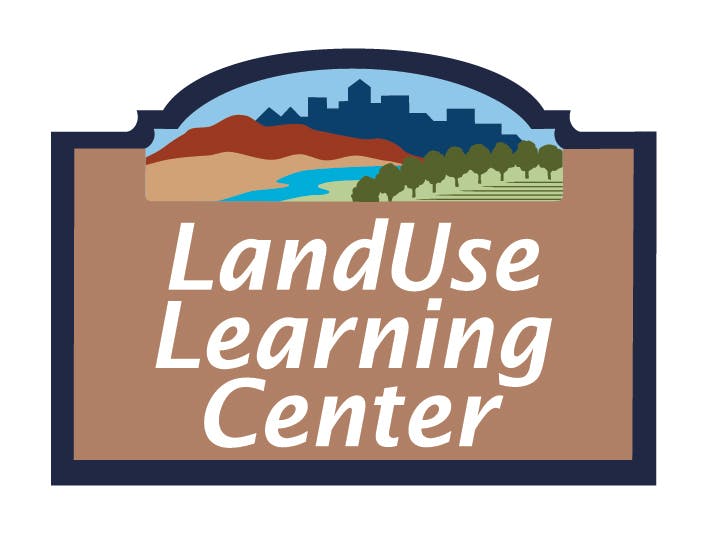Tours
Arrange for a free, guided tour at RCRCD’s Land Use Learning Center (LLC), a demonstration garden of sustainable practices in three land uses: Native Habitats, Urban Areas, and Agriculture.

A tour is the best way to learn about local native plants and animals and natural resource conservation, including habitat conservation and restoration, yard management, and sustainable agricultural methods.

Explore the Arbor Walk and discover the benefits of trees to help prevent climate change and cool the urban heat island. Learn how to bring sustainable practices into your own landscape, and much more. Bring your garden club, conference attendees, staff, family and friends. Groups of all sizes are welcome.
The LLC is open 8 am – 4pm daily. Please schedule tours in advance by contacting one of our Education and Engagement Specialists.




